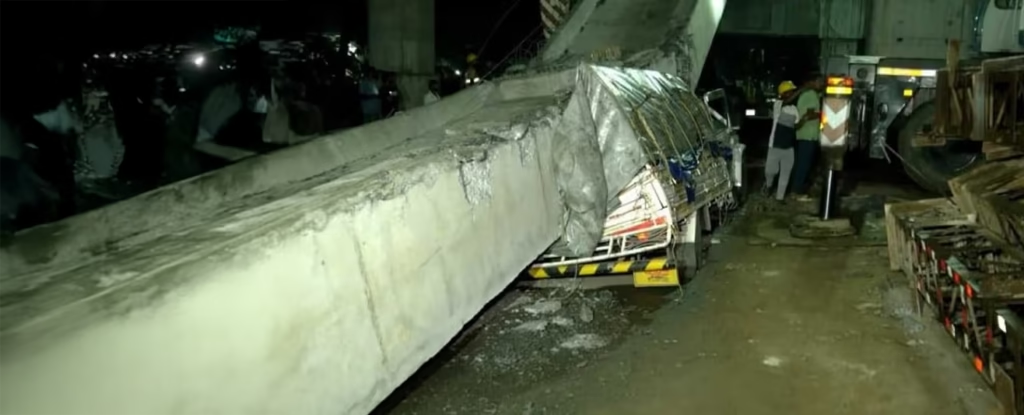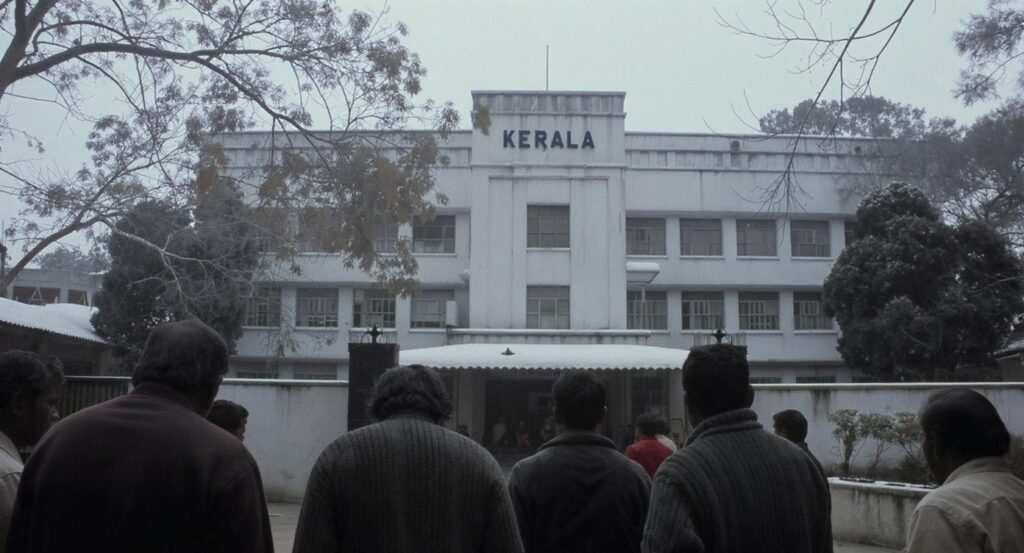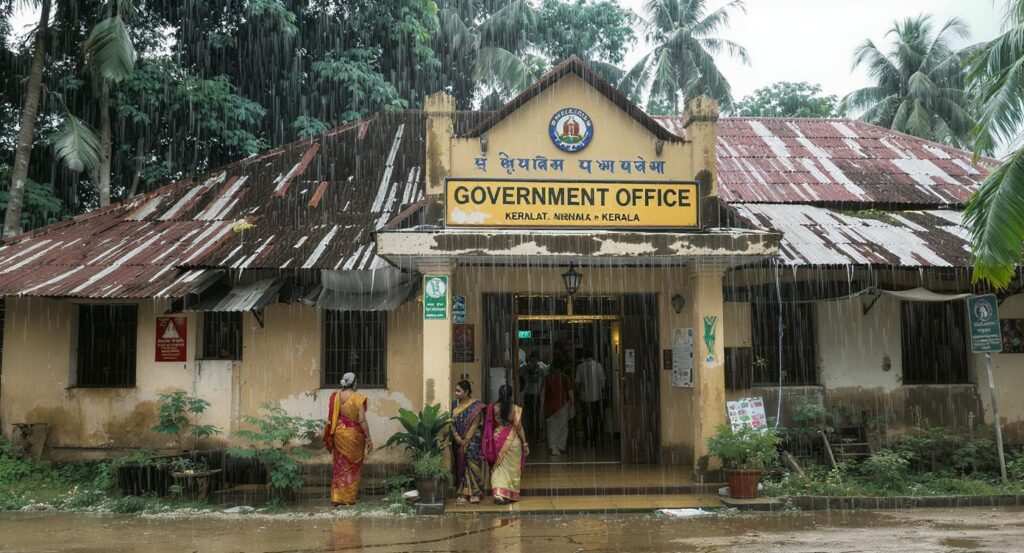Keeping Kochi Safe: Preventing Stampedes and Ensuring Emergency Readiness for the Argentina Football Team Visit to JNL Stadium
1. Governance, planning, and unified command
1.1 Establish a Multi-Agency Command Centre, well ahead of the event
Create a Joint Operations Centre (JOC) with representatives from: State Government, District Administration, Cochin Corporation, GCDA, Stadium Authority, City Police, Traffic Police, Fire & Rescue, Ambulance & Public Health, Hospitals, Coastal, Railways, Port Authorities, and Event Organizers. The JOC must meet daily in the run-up, and be staffed 24/7 during the event period.
1.2 Clear roles, responsibilities and an incident command structure
Identify a single Incident Commander, with named deputies for security, medical, fire, logistics, communications and crowd management. Use an ICS-style structure so lines of authority are clear in a crisis.
1.3 Risk assessment and crowd modelling
Perform formal crowd risk assessments and simulation modelling for ingress, egress, and evacuation. Use expected attendance numbers, ticket distribution patterns, peak arrival/departure windows, and transport flows to model pinch-points and worst-case scenarios.
2. Ticketing, entry control and queuing systems
2.1 Controlled, digital ticketing with staggered entry times
Use only verified tickets with assigned entry time slots, QR/barcode validation, and capacity caps in real time. Stagger entry windows across zones to avoid arrival surges. Reserve buffer capacity for late arrivals, press, VIPs and medical cases.
2.2 Multiple designated entry and exit gates, operated and supervised
Open and signpost numerous gates for different ticket categories, and ensure gates are manned with trained stewards and police. Keep emergency-only exits locked but monitored and clearly labeled for immediate use.
2.3 Physical queueing systems and barriers
Install robust, anti-climb queuing barriers creating snake queues with adequate width, to prevent crowd compression. Provide overhead shade and water points for long queues, to avoid dehydration-related incidents.
2.4 Proactive crowd-flow monitoring
Deploy CCTV analytics and staff with radio comms to monitor queue density, dwell time and bottlenecks. Adjust open gates dynamically based on monitored crowding.
3. Venue layout, ingress/egress and evacuation planning
3.1 Crowd capacity & zoning
Divide the stadium into clear zones and micro-capacities. Ensure no zone exceeds maximum capacity, with realtime headcounts using turnstile data and CCTV analytics.
3.2 Clear, unobstructed evacuation routes
Maintain minimum width of evacuation corridors, and ensure routes are free of vendor stalls, parked vehicles or obstructions. Exit signage must be luminous, multilingual and positioned at eye-level.
3.3 Designated safe assembly areas
Identify multiple external safe assembly points around the stadium with route markings, water and medical facilities, separated to avoid overloading any single area.
3.4 Traffic dispersal planning
Coordinate with traffic police, Kochi Corporation and GCDA for outbound dispersal in phases, to prevent post-match crush at public transport hubs. Provide separate pickup/drop zones for ride-hailing, buses, and private vehicles.
4. Security and crowd behaviour management
4.1 Proportionate and visible security presence
Deploy an appropriate ratio of uniformed and plain-clothes officers for visible reassurance and covert threat detection. Include canine units for explosive/drug checks as needed.
4.2 Professional stewarding & training
Hire accredited stewards trained in crowd psychology, basic first aid, and conflict de-escalation. Provide scenario-based training on crowd surges and evacuation assistance.
4.3 Fan segmentation and risk profiling
Implement controlled fan segregation for rival supporter groups, with separate routes and facilities to reduce friction. Conduct pre-event monitoring of social media and intelligence to identify potential flashpoints.
4.4 Restrict high-risk items
Enforce strict prohibited items list, including large banners, poles, pyrotechnics, glass, non-approved liquids and weapons. Provide secure storage lockers away from ingress points when feasible.
5. Communication, public messaging and signage
5.1 Unified communication strategy
All agencies should use pre-approved, unified messaging templates for public advisories, social media updates and emergency alerts. Avoid conflicting instructions.
5.2 Real-time public information
Use stadium PA, mobile SMS, social media, and local radio to provide crowd guidance, arrival windows, gate changes and urgent instructions. For mass alerts, use multilingual messages in Malayalam, English and Hindi.
5.3 Wayfinding and multilingual signage
Install clear, illuminated directions for gates, toilets, first-aid, water stations, accessible seating and exits. Display simple pictograms for non-literate visitors.
6. Medical preparedness and emergency health response
6.1 On-site medical capability and triage
Set up multiple fully equipped medical posts inside and outside the stadium, staffed with emergency physicians, nurses and paramedics, with triage protocols and oxygen, trauma kits, and stretcher teams. Ensure a major incident plan and clear casualty flow routes to ambulance bays.
6.2 Hospital surge readiness
Coordinate with nearby hospitals, particularly specialty trauma centres and pediatric units, to pre-alert them, confirm bed surge protocols, and set casualty triage thresholds. Pre-register trauma teams and ensure blood bank readiness.
6.3 Rapid ambulance access and evacuation lanes
Keep multiple, reserved rapid-access corridors to move severe casualties to ambulances, with law enforcement ready to clear the route.
7. Fire and Rescue, hazardous response and contingencies
7.1 Fire & Rescue staging and sprinkler checks
Pre-deploy Fire & Rescue units with pumps, cutting tools, and rescue gear. Test stadium fire detection, alarm and sprinkler systems before the event.
7.2 Hazmat & smoke management
Be prepared for tear gas, smoke inhalation or petrol-related fires if outside incidents occur. Equip teams with breathing apparatus and mass-decontamination plans.
7.3 Alternate scenario planning
Run contingency plans for different emergencies, including stampede, violent unrest, severe weather, power failure and terrorist threat. Each plan must have transport and medevac actions.
8. Communications, technology and monitoring
8.1 CCTV and analytics
Use wide-area CCTV with crowd-density analytics and designated operators in the JOC to detect surges and signal early warnings.
8.2 Drones and aerial surveillance
Use drones for aerial crowd assessment where permitted by law, coordinated through aviation authorities, to spot crowding outside the stadium and in transport nodes.
8.3 Redundant communications
Ensure backup radio networks, satellite phones and power sources for the JOC and field teams in case cellular overload occurs.
9. Community engagement, signage and vulnerable populations
9.1 Local stakeholder briefings
Engage local residents, market vendors and businesses, explaining access restrictions, timings, and emergency contact points to reduce unexpected street crowding.
9.2 Accessibility and vulnerable groups
Provide priority access lanes and dedicated viewing zones for elderly, disabled and families with small children. Offer quiet zones for those sensitive to crowds.
9.3 Volunteer mobilisation and training
Recruit community volunteers and NGOs for crowd information, water distribution, and assisting vulnerable people. Train them on escalation procedures.
10. Media management and misinformation control
10.1 Centralised press briefings
Hold scheduled briefings from the JOC to the media with accurate, consistent information to reduce rumors. Provide press liaisons and media safety guidance.
10.2 Social media monitoring & rumor control
Assign a dedicated team to monitor social platforms and counter misinformation swiftly with verified updates.
11. Rehearsals, drills and exercises
11.1 Table-top and full-scale drills
Conduct table-top exercises for command roles, followed by full-scale live drills including simulated crowd surges, multi-casualty triage and evacuation, at least one week before the event.
11.2 After-action review and continuous improvement
Post-drill, hold after-action reviews to identify gaps, and implement corrective actions immediately.
12. Legal, insurance and contractual safeguards
12.1 Event safety certification
Require independent safety certification from accredited bodies before granting permission. Maintain insurance covering third-party liability and emergency costs.
12.2 Vendor and contractor compliance
Ensure all contractors, vendors and promoters are contractually bound to safety protocols, and submit proof of staff training and emergency plans.
13. What authorities commonly miss, but must not
14. Final checklist, 72 hours prior
Conclusion
A high-profile Argentina team visit is an extraordinary opportunity to showcase Kochi's hospitality. It is also a responsibility, to ensure the safety of every fan, resident and worker. The tragic stampede in Tamil Nadu demonstrates how quickly celebrations can turn into catastrophe if planning, coordination and communication are inadequate. By adopting a rigorous, multi-agency approach, with pre-event modelling, redundant medical and rescue capacity, rehearsed evacuation procedures, and robust public communications, Kochi can host a world-class event that is unforgettable for the right reasons — the joy of sport, not the pain of preventable loss.
Ensure Your Event is Safe and Successful
Professional emergency planning and crowd management expertise can make the difference between a memorable celebration and a preventable tragedy.




